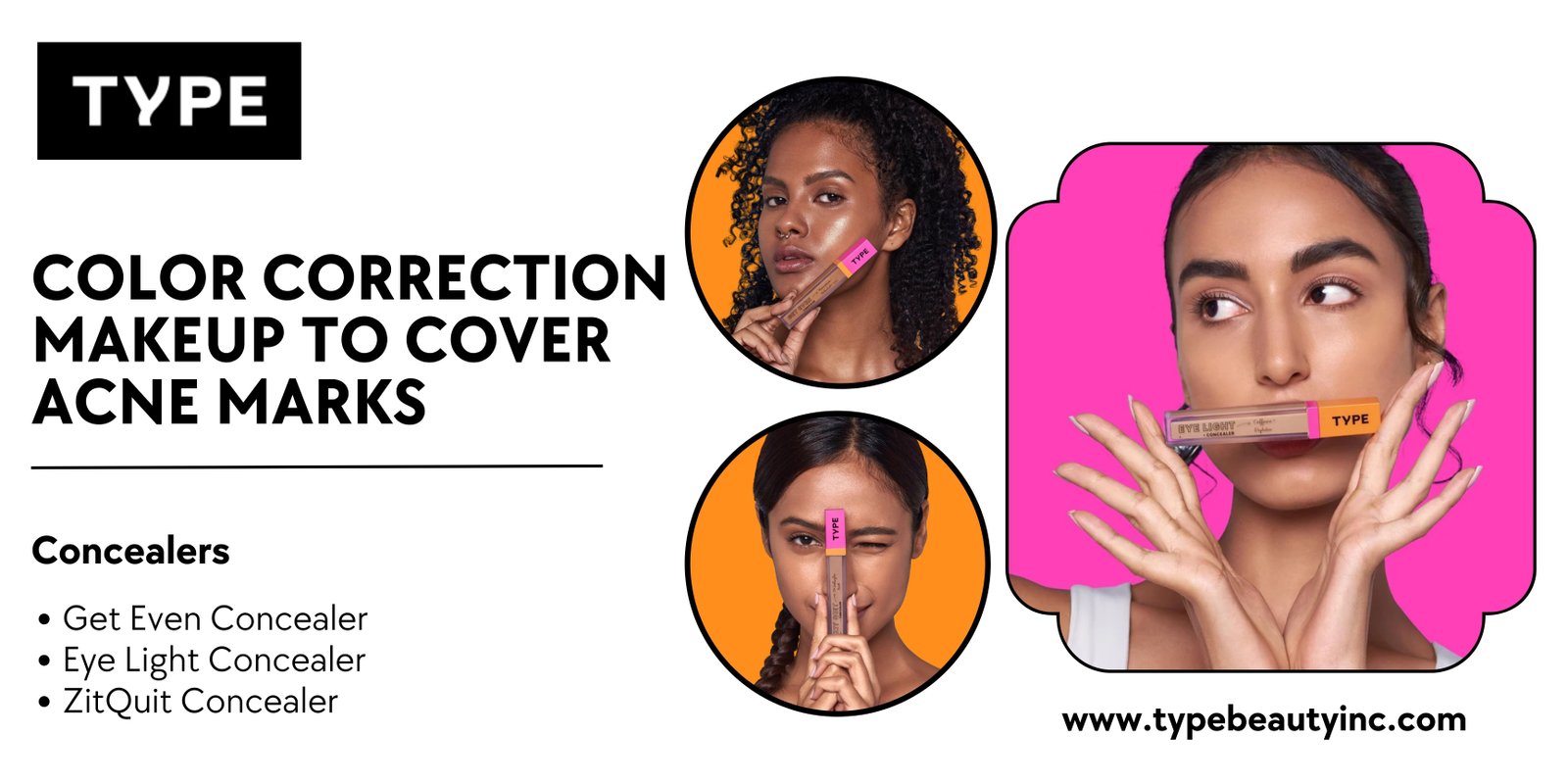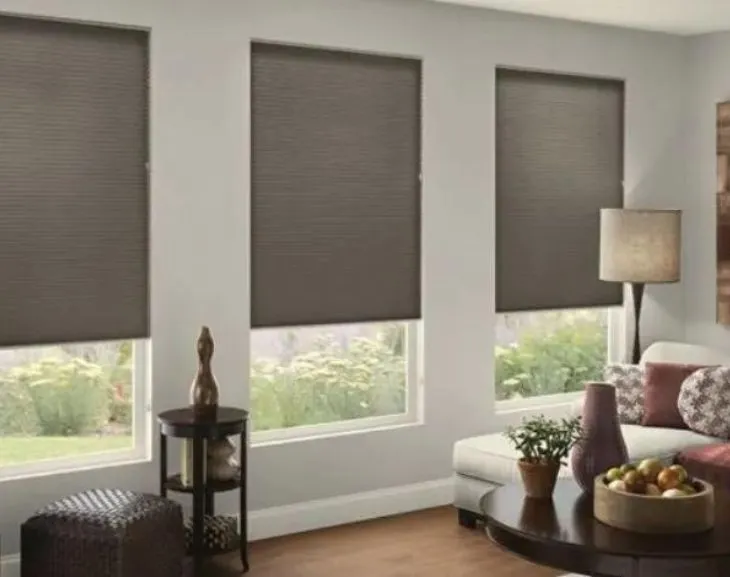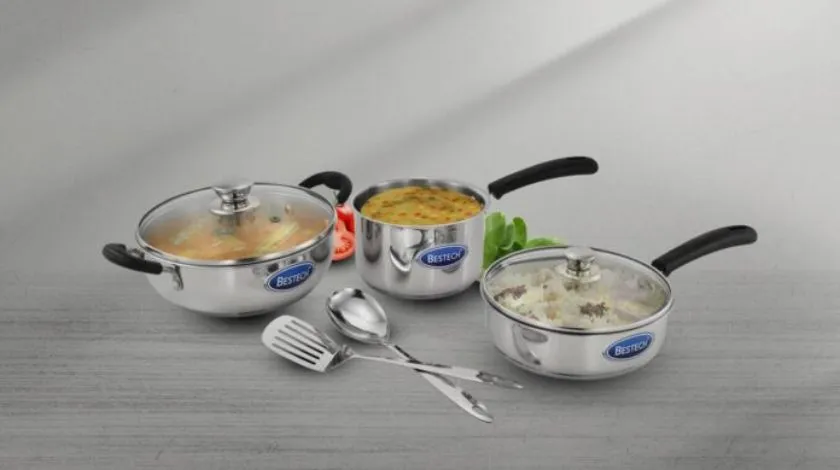- Delhi
- Last Update 07:18: am

Color Correction Makeup to Cover Acne Marks
Acne scars can be a source of frustration for many, but there's no need to despair. With the right beauty tools and techniques, you can achieve flawless-looking skin. One such tool that has gained immense popularity in the world of makeup is the color corrector for acne scars. This comprehensive guide will explore everything you need to know about using a color corrector to conceal those stubborn scars and unveil a radiant complexion.
Understanding How Acne Scars Become
Before diving into the world of color correctors, it's essential to understand the different types of acne scars. Acne scars typically fall into two categories: pigmented scars and textured scars. Acne scars are a common skin concern that can result from the healing process of acne lesions. Understanding how acne scars develop begins with an understanding of the stages of acne and the skin's response to inflammation and tissue damage:
Formation of Acne Lesions: Acne starts with the formation of comedones, which can be either whiteheads (closed comedones) or blackheads (open comedones). These occur when hair follicles become clogged with excess sebum (oil) and dead skin cells.
Inflammation: In some cases, the clogged follicles become infected with the bacteria Propionibacterium acnes, leading to inflammation. Inflammatory acne includes papules, pustules, and nodules, which are often painful and red.
Tissue Damage: The body's natural response to inflammation is to send white blood cells to the affected area to fight infection. This can lead to tissue damage, especially when acne is severe or when individuals pick or pop their pimples. Tissue damage can affect the deeper layers of the skin.
Acne scars are the lasting reminders of battles fought beneath the surface of the skin, and they can be broadly categorized into two primary types: pigmented scars and textured scars. Each of these categories presents its unique set of challenges when it comes to addressing and treating them.
1. Pigmented Scars:
Pigmented scars, often referred to as post-inflammatory hyperpigmentation (PIH), are the most common type of acne scars. These scars are characterized by changes in the skin's color and typically appear as flat, discolored areas. They can range in color from pink and red to brown or even dark purple, depending on your skin type and the extent of the inflammation. If you are doing makeup you can try to use brands that help to cover the scar with skin care like Type Beauty used to cover and conceal the acne scar with good ingredients.
Pigmented scars often resolve on their own over time, especially with proper sun protection and skincare. However, the process can be slow, and some individuals may seek treatments like topical lightening agents, chemical peels, or laser therapy to expedite the fading of these scars.
2. Textured Scars:
Textured scars, as the name suggests, are characterized by changes in the texture or contour of the skin's surface.
Understanding the distinction between pigmented and textured acne scars is crucial for determining the most effective treatment approach. While pigmented scars primarily involve color changes and can often fade naturally, textured scars require more targeted interventions to improve the skin's surface texture and achieve a smoother, more even complexion. Consulting with a dermatologist or skincare professional can help you navigate the best course of action for addressing your unique acne scar concerns.
The Role of Color Correctors
Color correctors play a pivotal role in the world of makeup, offering an ingenious solution to a variety of skin imperfections. Their magic lies in their ability to balance and neutralize unwanted discolorations, making them an indispensable tool for achieving a flawless complexion.
Color correction operates on the principles of color theory, where complementary colors on the color wheel are used to cancel out specific imperfections. For instance, green color correctors are employed to counteract redness and irritation, while peach or yellow correctors effectively combat purple or blue-toned discolorations.
By applying color correctors strategically to areas with blemishes, acne scars, dark circles, or redness, you can diminish their visibility, creating a harmonious canvas for further makeup application. This technique allows you to minimize the need for heavy concealer, ultimately resulting in a more natural and less cakey finish. Whether for daily makeup routines or special occasions, color correctors are the secret weapon for achieving impeccable, flawless skin.
Tips And Tricks Using Color Corrector
Color correction is primarily used for neutralizing and concealing imperfections like redness, dark circles, and discoloration, rather than for highlighting. However, if you're looking to achieve a highlighted effect on your face, you would typically use highlighting products rather than color correctors. Highlighting products are designed to bring light Types beauty concealer are used to brightness specific areas of your face, creating a radiant and contoured look. Here's how to use highlighting products for this purpose:
1. Choose the Right Highlighter:
Opt for a highlighter product in a shade that complements your skin tone. Champagne, pearl, or gold tones are universally flattering.
2. Identify Highlighted Areas:
Common areas for highlighting include the tops of your cheekbones, the bridge of your nose, the cupid's bow (the area above your upper lip), the inner corners of your eyes, and your brow bone.
3. Apply the Highlighter:
Use a makeup brush or your fingertip to apply the highlighter to the chosen areas. Start with a small amount and build up the intensity if needed.
4. Blend Gently:
Blend the highlighter into your skin by gently tapping or diffusing it with a makeup sponge. Ensure a seamless transition between the highlighted areas and the rest of your makeup.
5. Set with Powder (Optional):
If you want your highlighter to last longer, you can set it with a light dusting of translucent setting powder.
Beyond Color Correction
While color correction can work wonders in concealing acne scars, it's essential to remember that it's a temporary solution for a more extended skincare journey. To address acne scars more effectively in the long term, consider consulting a dermatologist for advanced treatments such as chemical peels, laser therapy, or microneedling.
In conclusion, color correctors are powerful tools in the world of makeup if you are looking for a brand that offers care with coverage opt for Type Beauty they have a wide range collection of concealer that is infused with good ingredients, offering a simple and effective way to conceal acne scars and achieve a flawless complexion. By understanding the color wheel and choosing the right corrector for your scar type, you can confidently tackle those blemishes and put your best face forward. Say goodbye to insecurities and hello to radiant, scar-free skin!









